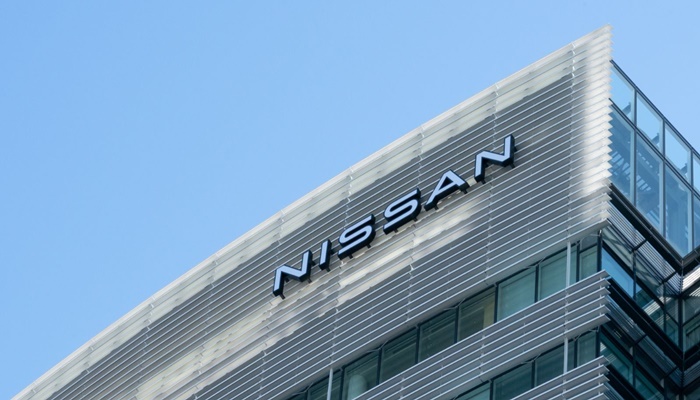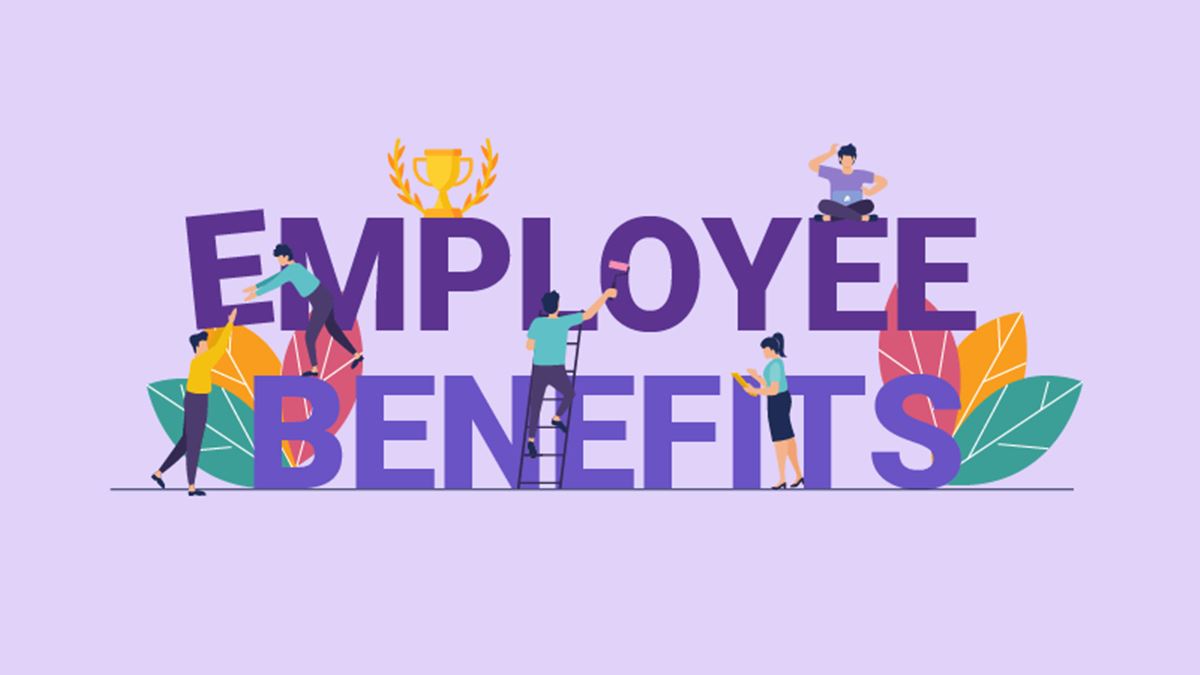Employee benefits play a crucial role in attracting and retaining talent and in today’s competitive labour market, a one-size-fits-all approach is no longer enough.
It comes as a report, from Aon’s 2025 Global Benefits Trends Study, finds that 65% of employees at multinational firms are willing to sacrifice some current benefits for a better choice of benefits.
It was also found that ensuring employee benefits are highly valued is the third-highest priority of organisations when it comes to benefits.
“For some firms, this means embracing personalisation of benefits. For others, it could mean more varied and technology-forward communication about employee offerings and total reward,” the report read.
Imperative to personalise benefits for employee engagement
According to Sue Williamson, Associate Professor at the UNSW Canberra’s school of Human Resource Management, the demand for tailored benefits has grown sharply in the post-COVID era.
“The labour market is tight, and organisations need to be able to attract people and retain people. One of the ways to do that is by personalised benefits… a one-size-fits-all approach doesn’t work so well anymore,” she explained.
This evolution is partly a response to a more empowered workforce. Employees are aware of their bargaining power, seeking not only competitive pay but also benefits that reflect their individual circumstances and priorities.
The challenge for HR leaders, Williamson says, is balancing this personalisation with fairness, transparency, and compliance.
“Having HR metrics is the foundation – then being able to have HR processes in place to facilitate this can really help. Some are cost neutral, like working from home, with some costing more money. It’s an investment, but worthwhile.”
“You also have to make sure a pay gap doesn’t form through benefits. Senior staff can’t be getting what others aren’t able to have,” she emphasised.
This is particularly important when the landscape is shaped by enterprise bargaining agreements and regulatory frameworks.
Changing workforce trends and the impact on personalised benefits
The workforce today spans five generations—from Baby Boomers to Gen Z and the emerging Gen Alpha—each with distinct priorities.
Flexibility remains the cornerstone of personalised benefits, Williamson outlined, whereas those more mature workers may want more traditional benefits such as better pay.
“You need to know what employees need based on their personal circumstances – family responsibilities, caring responsibilities, levels of engagement. That will inform how to get the most out of your workforce,” she said.
Data-driven initatives to help with engagement
Customising benefits can be complex, particularly when each employee values something different – so Williamson emphasised the need for robust HR data to guide decision-making.
“It’s the same in many aspects of people management, having data is key to ensure you’re able to make a business case for increasing engagement. It allows you to keep your finger on the pulse.”
With this insight, organisations can offer “café-style” benefit menus—giving employees choice without losing strategic cohesion.
While investment is required, Williamson points out that the returns—higher loyalty, stronger engagement, and lower turnover—can significantly outweigh costs.
“HR is now a strategic partner, with a seat at the top table. This data is important to aid in that,” Williamson said.
HR as a strategic business partner
The personalisation of benefits is also emblematic of HR’s evolution into a central driver of business outcomes. “Gone are the days where HR was seen as the poor cousin,” Williamson said.
“People realise that HR is part of your business plan… it’s all about alignment.”
Strategic alignment ensures HR processes are both vertically linked to the organisation’s mission and horizontally integrated across functions.
By framing benefit personalisation within broader organisational goals, HR leaders can secure buy-in from executives and operational leaders alike.
Measuring return on investment on benefits can be challenging, particularly with intangible outcomes like engagement or motivation.
“Pulse surveys, regular feedback loops, and ongoing workforce analysis help HR teams stay responsive to evolving needs,” Williamson said.
“HR can go to the senior executive and say, ‘This is the latest thing that everyone wants, so that data is really crucial.”
For HR leaders, personalising benefits is no longer just a trend—it’s a strategic necessity. Those who invest in flexible, data-driven benefit structures will not only enhance employee satisfaction but also strengthen retention, engagement, and organisational performance.




















